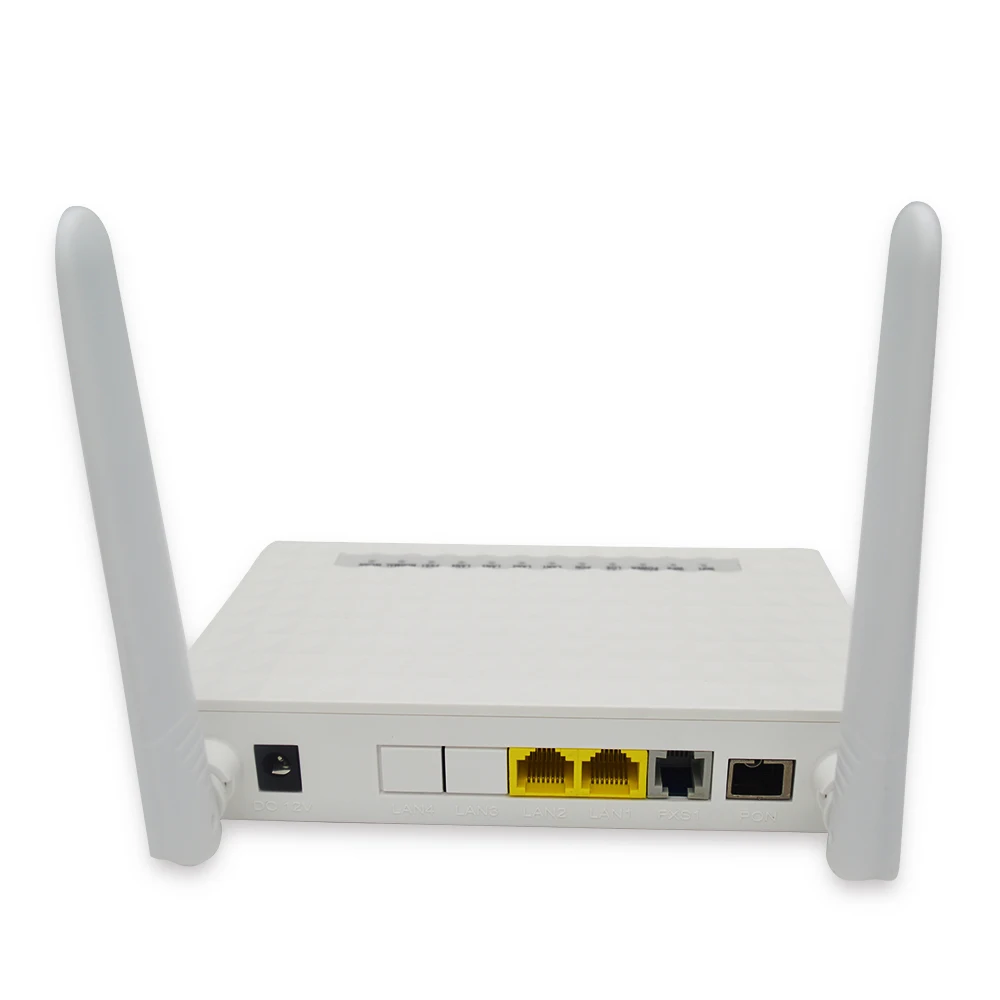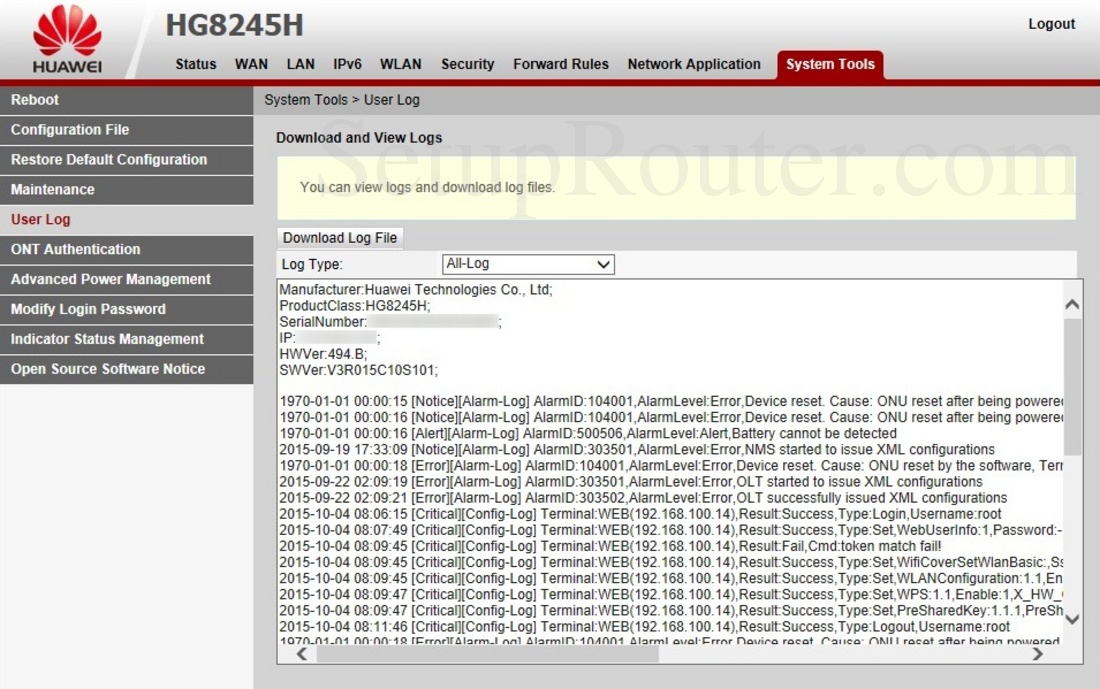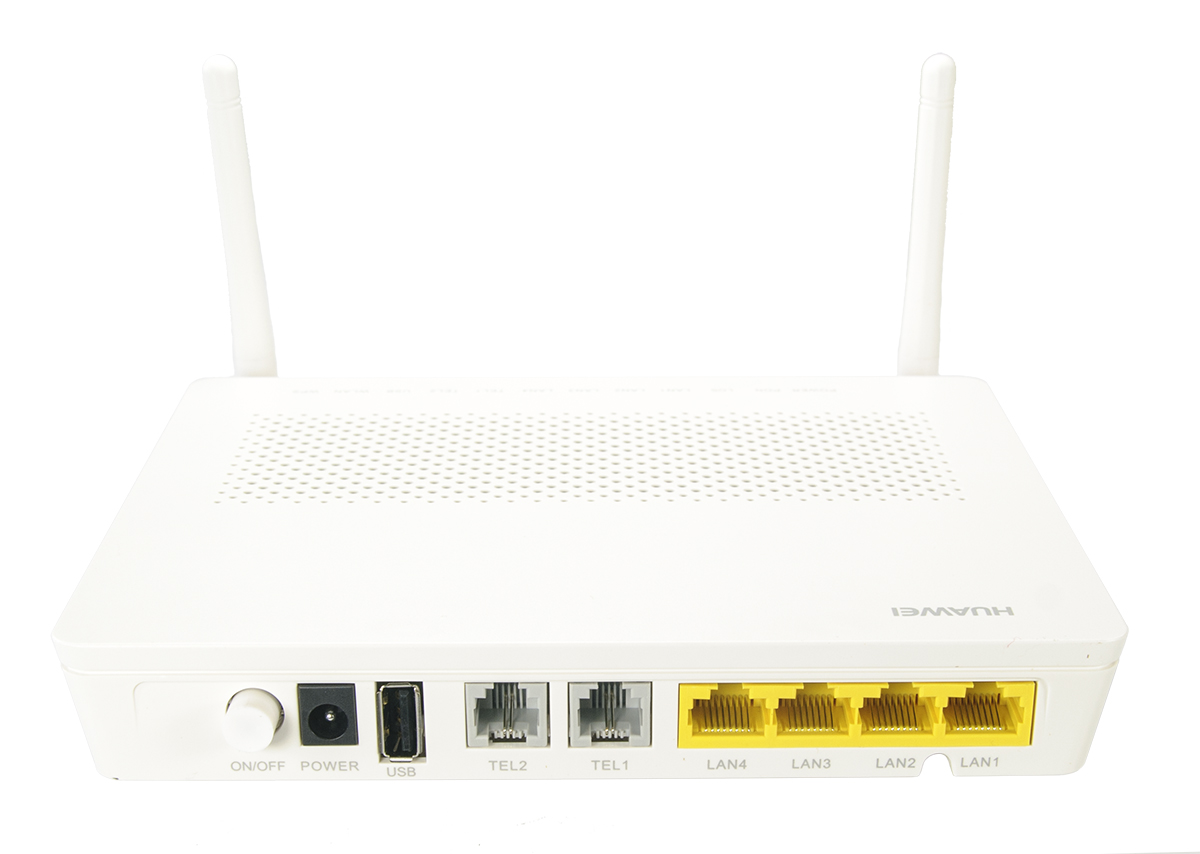
The packet loss rate must be controlled within a certain range during transmission. If severe packet loss does occur, the packet transmission efficiency is affected. TCP can be used to transmit data to handle slight packet loss because TCP allows the lost packets to be retransmitted. The loss of a bit or a packet in video transmission may cause the image on the screen to become garbled instantly, but the image can be restored quickly. For example, users are unaware of the loss of a bit or a packet in voice transmission. Slight packet loss does not affect services. The packet loss rate refers to the percentage of the number of packets lost during data transmission to the total number of packets sent. The network quality is affected by the bandwidth of the transmission link, delay and jitter of packet transmission, as well as packet loss rate, which are known as key QoS counters. Therefore, the QoS solution design faces more challenges.

The moving of wireless terminals results in more unpredictable traffic on the network. In addition, with the development of wireless networks, more and more users and enterprises use wireless terminals. Especially, interactive video applications have high requirements on real-time performance. Video traffic occupies more bandwidth than voice traffic. For enterprises, applications such as HD video conference and HD video surveillance also generate a large amount of HD video traffic on the network. In recent years, traffic of video applications have grown explosively. If service quality requirements are not met for a long time (for example, the service traffic volume exceeds the bandwidth limit for a long time), expand the network capacity or use dedicated devices to control services based on upper-layer applications. QoS is applicable to scenarios where traffic bursts occur and the quality of important services needs to be guaranteed. Increasing network bandwidth is the best solution, but is costly compared to using a service quality guarantee policy that manages traffic congestion.


As a result, service quality deteriorates or even services become unavailable. Burst traffic will deteriorate network quality, cause network congestion, increase the forwarding delay, and even cause packet loss. The bandwidth occupied by non-real-time services is unpredictable, and burst traffic often occurs. Therefore, they have high requirements on network stability. Real-time services, such as voice services, occupy fixed bandwidth and are sensitive to network quality changes. Services on the IP network can be classified into real-time and non-real-time services.


 0 kommentar(er)
0 kommentar(er)
